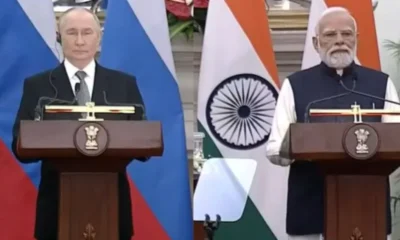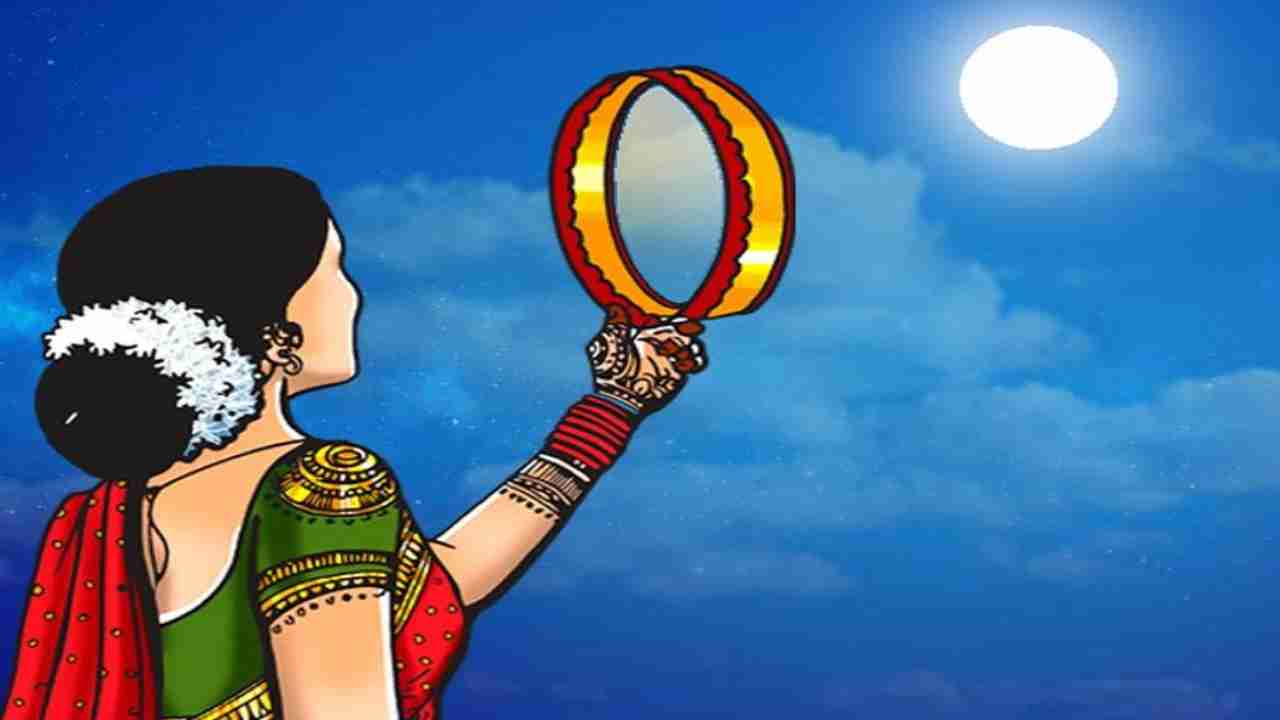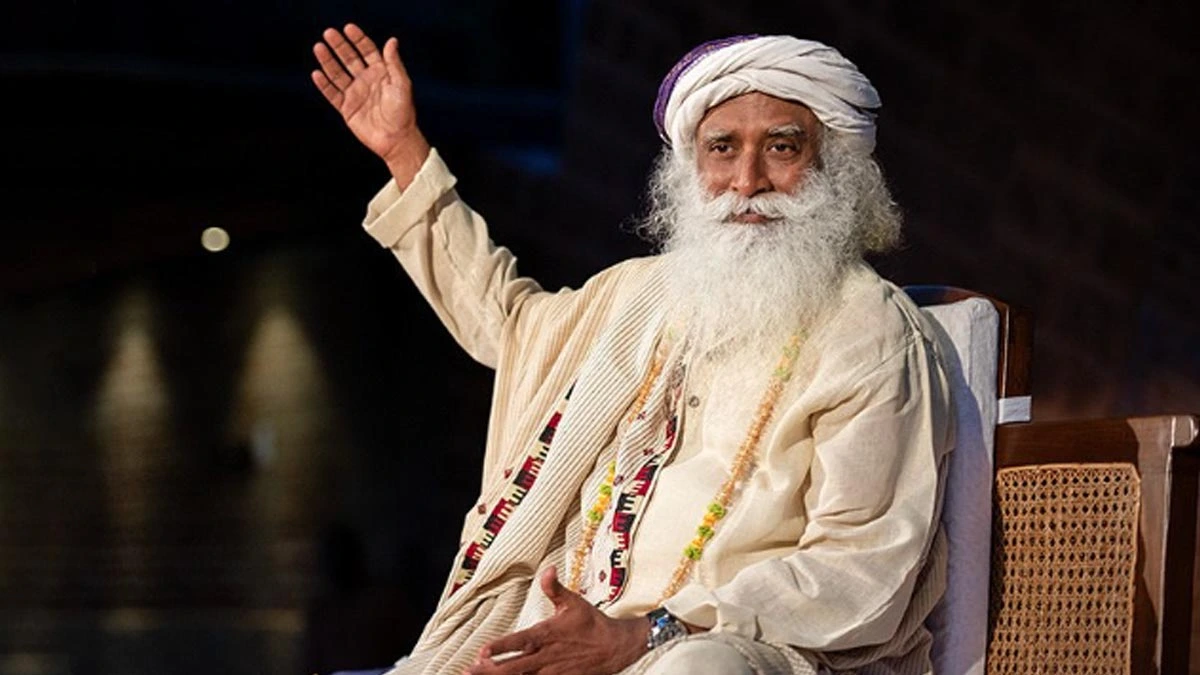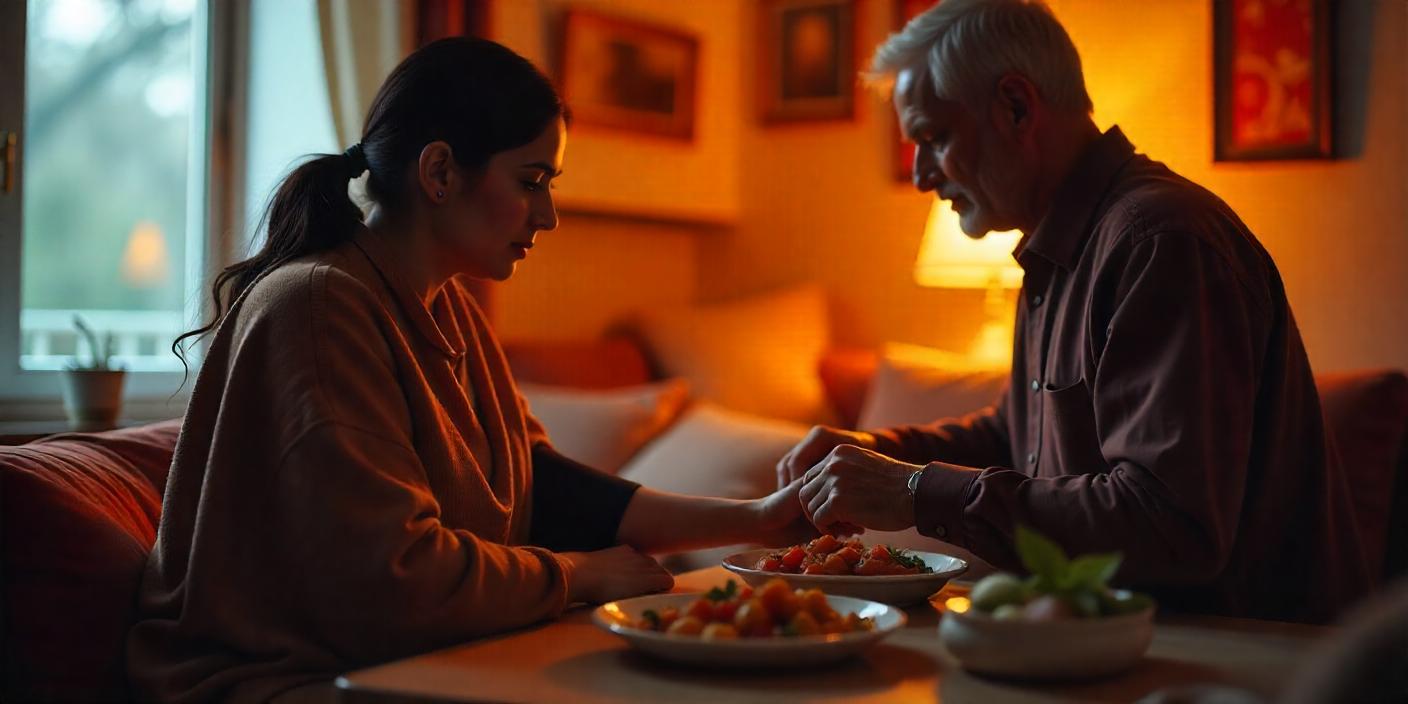Health
Do you have anxiety issues? Try these simple exercises at home
There are various breathing techniques that can help to reduce anxiety problems. Here we are giving you the complete list of such exercises along with steps.

Health
Karwa Chauth 2025 moonrise time: Biohacking the fast from sunrise to moonlight for better health
Karwa Chauth 2025 fast offers not only spiritual fulfilment but also scientifically proven health benefits — from improved metabolism and hormonal regulation to enhanced longevity and mental clarity.
Health
Sadhguru’s 30% diet challenge: Spiritual leader explains how eating more fruits can transform your digestion and mental clarity
Sadhguru’s 30% diet challenge urges people to eat more fresh fruits daily. From better digestion to steady energy, here’s how this change can improve your life.
Health
Is winter really a silent threat for diabetics and hypertensive patients? Risks you need to know
-

 India News10 hours ago
India News10 hours agoIndiGo flight chaos deepens as over 500 services cancelled, passengers stranded for hours
-

 India News5 hours ago
India News5 hours agoIndia and Russia vow to walk together against terrorism, reaffirm strategic partnership
-

 India News10 hours ago
India News10 hours agoRBI cuts repo rate to 5.25%, paving the way for cheaper loans
-

 Latest world news10 hours ago
Latest world news10 hours agoAsim Munir appointed Pakistan’s first Chief of Defence Forces, to serve 5-year term
-

 Entertainment5 hours ago
Entertainment5 hours agoDhurandhar review: Ranveer Singh roars back, Akshaye Khanna shines in intense spy thriller




